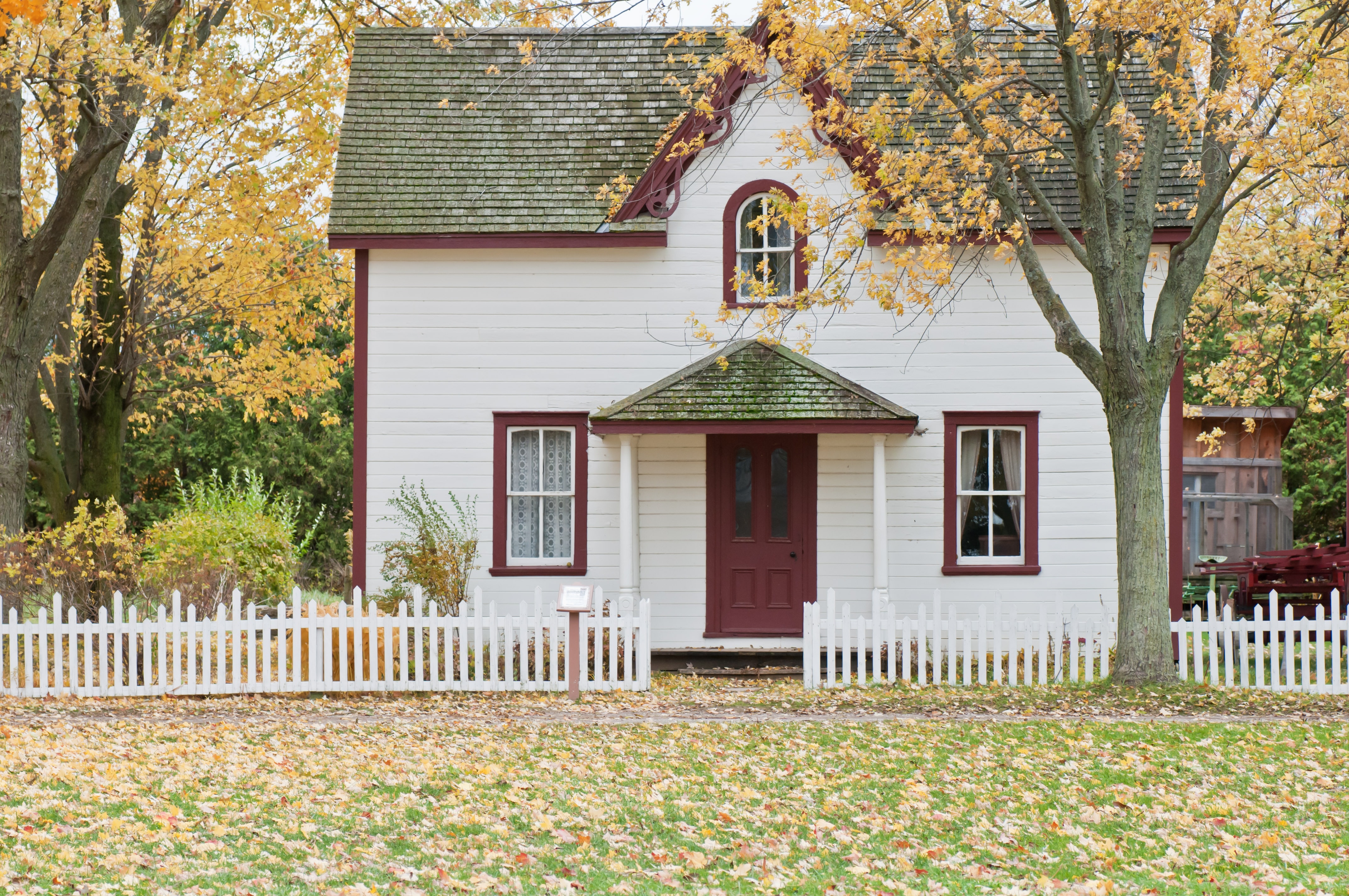4 Tips for Better Protecting Your Home From the Dangers of a Wildfire In California

Every Californian homeowner knows the trials and tribulations of wildfire season. As of 2019, California officially has more wildfires than any other state. By the end of 2020, state and local resources had fought nearly 8,000 wildfires that burned approximately 260,000 acres of land. The California Department of Forestry and Fire Protection reported about 10,488 buildings destroyed.
As the climate continues to heat up, wildfires' danger continues to grow, with each year breaking previous wildfire records. Heat and lack of regular rainfall threaten plant life, and drought spells grow longer.
But don't be alarmed — California is still a beautiful place to live. However, every homeowner should be aware of the NHD Report's importance, which stands for Natural Hazard Disclosure.
California Civil code requires real estate sellers and brokers to provide a Natural Hazard Disclosure report, which lists all the area's potential hazards. Every California homebuyer should understand the dangers of wildfires and whether their home is susceptible to such a threat. Before buying a home, you should carefully check your Natural Hazard Disclosure to stay updated and informed on any risk.
To ensure the safety of your home and family, here are four tips to better protect your home from the dangers of California wildfires, as well as how to use an NHD report.
1. Ensure the Durability of Your Roof
Your roof acts as a landing pad for embers from nearby fires, making it the most vulnerable part of your home. Regardless of whatever protection measures you take, a flammable roof may not withstand windblown embers. The most significant way to ensure your home and property are wildfire resistant is by investing in a fireproof roof.
Roofing materials like metal, slate, asphalt shingles, or tile are known to be fire-resistant. But while wood shingles are considered the most flammable roof material, potential homebuyers won't want to deal with the hassle of re-roofing their house. Instead, you can install a rooftop sprinkler system or invest in fire retardants.
In the Ham Lake Fire in Minnesota in 2007, nearly 200 properties were saved due to exterior sprinkler systems. They wet the property, dampening potential fuels and reducing the chances of fires.
Understanding different fire-resistant grades for roofing material can be a big help, as well. Materials are rated from A to C; the higher the grade, the more fire resistance. Checking your NHD report can also provide necessary information regarding the state of your home's construction.
2. Keep Embers Out
Modern homes are filled with various flammable materials — inside and out. Whether it's carpets, furniture, or shades, your home contains materials that ignite and burn quickly. The safest and most logical way to prevent any potential damages is to keep embers out of your house.
Of course, we know that may be an “easier-said-than-done” task …
The first precaution is to cover any exterior vent openings with a 1/8-inch or smaller wire mesh, thus preventing any embers from blowing in. Rooftop spaces can also be a potential danger, so be sure to replace missing tiles or shingles and caulk any cracks.
Ensuring durable windows is also crucial. Over time, heat can melt plastic skylights, causing windows to crack or even shatter altogether. Investing in tempered and double-paned glass can better withstand high temperatures, preventing cracks for any stray windblown embers.
3. Create Defensible Space Zones
If you live in a wildfire-prone area, anything and everything up to 200 feet surrounding your home is a potential fire hazard, especially from traveling embers. Even if a wildfire is nowhere near your house, radiant heat can ignite surrounding vegetation, and flames can travel at a quick pace.
To prevent this from happening, effectively safeguarding your home is crucial. The area between 30 and 100 feet of your home is your first line of defense or a "defensible space" zone.
Zone 1 is referred to as "the Immediate Zone," which includes the area within 5 feet of the farthest point of your home or building. This zone requires maximum hazard reduction. The National Fire Protection Association recommends removing fuel sources like wood patio furniture, wood decks, and fire-prone vegetation.
Zone 2, also known as "the Intermediate Zone," falls between 5 and 30 feet from the farthest point of your home or building. Removing flammable vegetation within 30 feet of your home and creating breaks in fuel sources for wildfires can prevent the potential of fire spreading.
And lastly, Zone 3, or "the Extended Zone," reaches between 30 and 100 (or even 200) feet from your home or building. This zone's goal is to disrupt the path of fire and contain any flames on the ground. Plants or vegetation should be spaced out, and removal of weedy grasses and debris.
Knowledge and awareness of these zones combined with the careful examination of your NHD report can help you protect your property in the case of unexpected wildfires.
4. Always Be Prepared
Even the most well-prepared home can face serious dangers. Since most houses stand less than 100 feet from each other, that puts the whole neighborhood at risk. But community-organized fire preparation plans can prevent such danger. NFPA's Firewise USA program encourages communities to work together to prevent damages and live in wildfire zones.
Any potential homeowner in California should away be aware of any potential hazards, especially wildfires. Using your NHD report can help prepare you to take the necessary measures to safeguard your home.
Understanding the Importance of an NHD Report
An NHD report should never be overlooked. Being aware of all the potential dangers or hazards is crucial to a homeowner looking to take additional measures to protect their home.
California homeowners know the importance of protecting their homes against wildfire dangers. As the climate continues to rise in high temperatures, the threat of wildfires only continues to grow. Taking the necessary precautions to ensure your home's safety is essential, and carefully checking your NHD report can help in that process.

